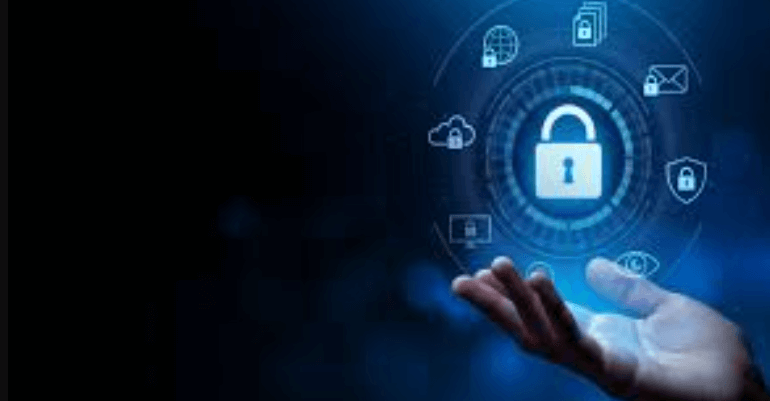Why Cybersecurity Should Be Your Top Priority in 2025

In 2025, organizations face an increasingly complex cybersecurity landscape. Sophisticated attacks, such as ransomware and phishing, pose significant risks to sensitive data and operational integrity. The rise of remote work further complicates the situation, exposing vulnerabilities in home networks. To navigate these challenges, organizations must adopt proactive cybersecurity measures. But what specific strategies can effectively shield against these evolving threats? Understanding the answers will be crucial for ensuring resilience in a digital-first world.
The Evolving Landscape of Cyber Threats
As cyber threats continue to evolve, organizations must adapt their defenses to address an increasingly complex risk landscape.
Emerging threats, such as ransomware and phishing, exploit various attack vectors, necessitating a proactive approach to cybersecurity.
The Impact of Remote Work on Cybersecurity
While the shift to remote work has provided flexibility and efficiency for many organizations, it has also introduced significant cybersecurity challenges that demand immediate attention.
Remote access vulnerabilities have proliferated, exposing sensitive data to potential breaches. Moreover, inadequate home network security often leaves employees’ systems defenseless, increasing the risk of cyberattacks.
These factors necessitate a proactive approach to safeguard organizational and personal information.
See also: Why Data Analytics Is Critical for Modern Marketing
Best Practices for Enhancing Cybersecurity
The challenges posed by remote work underscore the urgent need for organizations to adopt best practices for enhancing cybersecurity.
Implementing multi-factor authentication strengthens access controls, while data encryption safeguards sensitive information.
Regularly updating software and conducting vulnerability assessments further fortify defenses.
Building a Culture of Cyber Awareness
To effectively combat the evolving landscape of cyber threats, organizations must prioritize building a culture of cyber awareness among their employees.
This involves comprehensive employee training programs that not only educate staff on potential risks but also empower them to recognize and respond to incidents proactively.
A well-informed workforce is crucial for enhancing incident response capabilities and ensuring long-term organizational resilience.
Conclusion
In the shifting sands of 2025’s cyber landscape, organizations must anchor their defenses against the relentless tide of threats. As remote work blurs the lines of security, the importance of vigilance and preparation becomes paramount. By weaving cybersecurity into the very fabric of corporate culture, organizations can transform potential vulnerabilities into fortresses of resilience. Embracing proactive strategies and fostering a shared awareness will empower teams, ensuring they stand united against the storm of emerging cyber threats.



